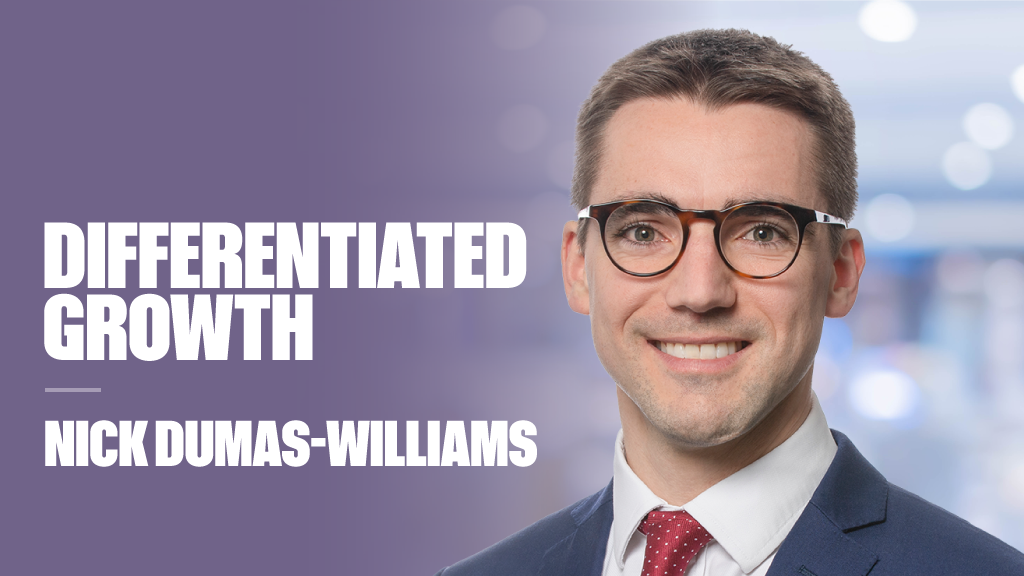Anticipation of better economic growth in the US and Europe, and the resultant improving outlook for corporate earnings. But also trepidation not least due to concerns over how bond markets will deal with the Federal Reserve’s planned unwinding of QE.
Bond yields to continue to rise
One theme that will continue in 2014 is the gradual rise in long-term interest rates, and the need to look at sources other than high-quality, long-term bonds for income. Speculation about when the Fed might begin to dial back its asset purchase programme came to an end in December and with a clearer path for the rate of reduction in purchases.
At the time of writing ten-year Treasury yields were roughly 1% higher than they were at the start of 2013, but remain very low by historical standards. But as the Fed tapers bond purchases and the US economy strengthens, the long end of the yield curve could continue to rise in 2014. The Fed will be very aware of the pace at which interest rates rise and will be keeping one eye on the housing market.
Rising interest rates suggest that investors may wish to remain underweight fixed income relative to long-term strategic allocations and focus on short-term maturities. Expanding their field of vision means investors can look to other areas of the credit market such as high yield, as the higher coupon should help offset capital losses due to rising interest rates.
US growth to pick up
US equity markets recorded stellar performance in 2013, but now questions are being raised over valuations and potential market bubbles. Earnings growth in the US should be modest and the outlook for economic growth has improved.
Many of the tail risks, such as US fiscal turmoil, Middle East tensions and problems in the eurozone have started to fade (but not disappear). The strong gains in 2013 do mean that US equities are no longer cheap in absolute terms, though, so investors should temper their expectations and anticipate single-digit returns over the course of this year.
The pace of US economic growth should accelerate in 2014, with real GDP growing by between 2.5% and 3.0%, due to diminished fiscal drag from the sequester; still-high levels of pent-up demand for car, houses and business equipment; the lagged effect of higher wealth on consumer spending; and the boost to exports from a stronger global economy.
This stronger economic momentum should bring down the unemployment rate further and push the Fed towards phasing out bond purchases entirely over 2014.
Slow and steady in Europe
The single currency bloc has seemingly emerged from recession, and even the crisis economies are returning to positive growth. The pace of recovery will be slow, though, as many of structural issues at the heart of the crisis continue to be resolved. However, even at low rates of economic growth, the region does represent an investment opportunity.
European stocks are cheaper based on current earnings than their US counterparts. The actions of the European Central Bank (ECB) will become increasingly important as the region fights off the potential for disinflation – or even deflation – and the impact of a stronger euro on export-led growth.
The ECB will also conduct its Asset Quality Review over much of 2014, which may create volatility in the region and ripples in the financial sector. However, the review will ultimately lead to the ECB taking on its role as single supervisor – the first step towards a region-wide banking union and reduced financial fragmentation.
Emerging markets remain attractive
Emerging markets were out of favour for much of 2013 as the threat of rising rates and Fed tapering deterred investors. The reality is that rates will not be rising in the developed world for some time, which should mean a flow of capital back into emerging economies.
Furthermore, emerging markets should start to see the benefit of building economic momentum in the developed world.
It is worth remembering that countries under the emerging market umbrella have the greatest potential for economic growth and investment returns in the long term. In the short term, though, differentiation among emerging markets will be key to generating returns.
Some markets will face stiffer headwinds in the coming year than others, whether from higher inflation, political challenges, or large current account deficits.
Overall, the outlook for risk assets in the coming year is a positive one. A broadening out of economic growth, when combined with still very accommodative monetary policies from the Fed (even with tapering), the Bank of England, the ECB and the Bank of Japan, should continue to support markets in much the same way as in the past 12 months.










